Every year Michael Greger, MD scours the world’s scholarly literature on clinical nutrition, pulling together what he finds to be the most interesting, practical, and groundbreaking science on how to best feed ourselves and our families.
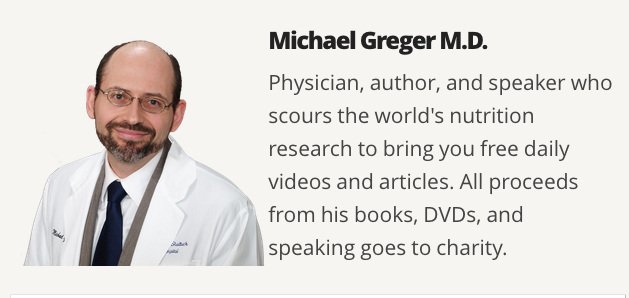
He starts with the thousands of papers published annually on nutrition (27,000 this year–a new record!) and, thanks to a team of volunteers and staff, he’s able to whittle those down (to a mere 8,000 this year). They are then downloaded, categorized, read, analyzed, and churned into the few hundred short videos.
This allows him to post new videos and articles every day, year-round, to NutritionFacts.org. This certainly makes the site unique. There’s no other science-based source for free daily updates on the latest discoveries in evidence-based nutrition.
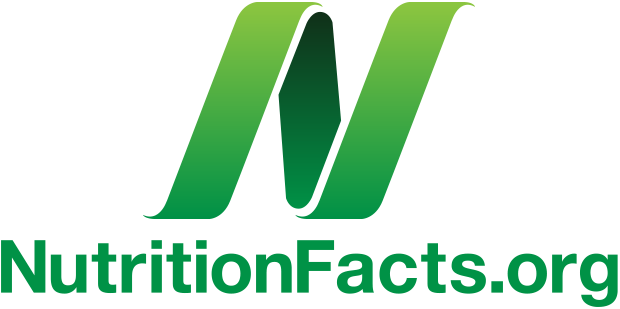
The problem is that the amount of information can be overwhelming. Many have expressed their appreciation for the breadth of material, but asked that he try to distill it into a coherent summary of how best to use diet to prevent and treat chronic disease.
This year, Dr. Greger is honored to bring us Food as Medicine: Preventing and Treating the Most Dreadful Diseases with Diet, in which he goes through our most dreaded diseases–but that’s not even the best part! He’s really proud of what he put together for the ending. He spent the last 20 minutes or so (starting at 56:22) going through a thought experiment that he’s hoping everyone will find compelling. He thinks it may be his best presentation ever. You be the judge.
You can watch the entire presentation here and I have written out for you key points below. The graphics inserted into the key points are my doing, not Dr. Greger’s.
Key Points
• The #1 cancer killer in the United States, of both men and women, is lung cancer. Smoking is responsible for 90% of lung cancer cases.
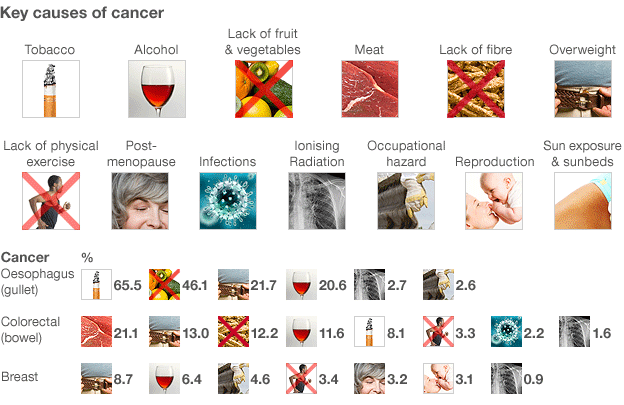
• Colorectal cancer is our second leading cause of cancer death. The most powerful determinants of colon cancer risk are the levels of meat and animal fat intake.
• There is a divergence of opinion as to whether it’s the animal fat, cholesterol, or animal protein that is most responsible for the increased cancer risk, as all three have been shown to have carcinogenic properties. But, it may not really matter which component is worse, as a diet rich in one is usually rich in the others.
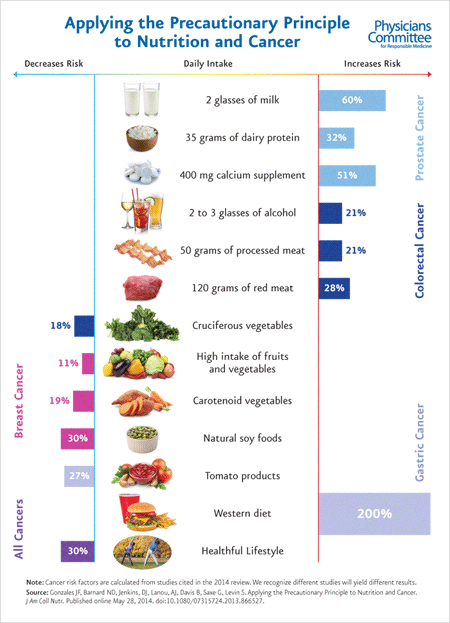
• Remove meat, egg whites, and dairy proteins from our diet, and our bloodstream can suppress cancer cell growth about eight times better. An effect so powerful, Ornish and colleagues appeared able to reverse the progression of prostate cancer without chemo, surgery, or radiation; just a plant-based diet and other healthy lifestyle changes.
• Heme iron is the form of iron found in blood and muscle, and may promote cancer by catalyzing the formation of carcinogenic compounds within our bodies. Cancer has been described as a ferrotoxic disease: a disease, in part, of iron toxicity.
• The safest form of iron, then, is non-heme iron, found naturally in abundance in whole grains, beans, split peas, chickpeas, and lentils, dark green leafy vegetables, dried fruits, nuts, and seeds.
• Women can cut their breast cancer risk by more than half by not just being normal weight and limiting alcohol, but also by eating mostly foods of plant origin.
• In 1979, an epidemic of breast enlargement was noted in Italian children. Poultry or veal was suspected, given that estrogens may be fed to farm animals to accelerate their weight gain. After this episode, Europe banned the use of anabolic growth promoters in agriculture and has banned the importation of American meat ever since, because we continue to inject animals with drugs like zeranol, sold as Ralgro Magnum.
• Eggs are the #1 source of choline, which can be converted by gut bacteria into a toxin that increases the risk of stroke, heart attack, and death. Eggs are also the #1 source of cholesterol. Cholesterol doesn’t just infiltrate our arteries and help form inflamed pockets of pus in our arterial walls, but may play an active role in the final fatal plaque rupture.
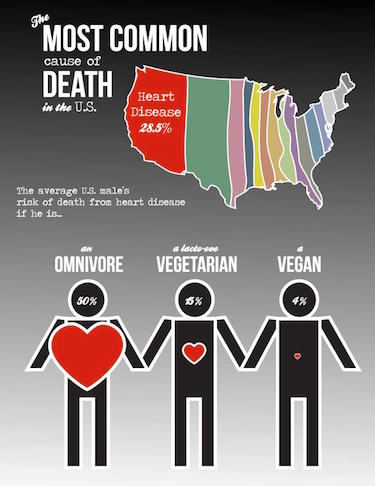
• Strong evidence shows we need to keep our total cholesterol under 150 to stem the epidemic. You can treat the cause, arrest and reverse heart disease, our #1 killer, with a whole-food, plant-based diet.
• Even those who are young and healthy with no health problems had no problem sticking to a plant based diet. In fact, it worked a little too well. This was a crossover study where they asked people to eat plant based for a few months and then switch back to their baseline diet to note the contrast, but people felt so good eating healthy some refused to go back to their regular diet, which kind of messes up the study. They were losing weight with no calorie counting or portion control, they had more energy, their periods got better, better digestion, better sleep—many were like no way, we’re not going back.
• The ideal blood pressure is 110 over 70. It’s possible & normal for those eating healthy enough diets.
• A recent meta-analysis showed vegetarian diets were good, but strictly plant-based (vegan) diets may be better. Vegetarian diets in general confer protection against cardiovascular diseases, some cancers and death, but completely plant-based diets seem to offer additional protection for obesity, hypertension, type-2 diabetes, and heart disease mortality. Based on a study of 89,000 Californians, those eating meat-free diets appeared to cut their risk of high blood pressure in half, but those eating meat-free, egg-free, and dairy-free had 75% lower risk.
• Here’s the before and after insulin requirements of the 20 people they put on the (no-weight-loss, plant-based) diet. This is the number of units of insulin they had to inject themselves with before and after going on the plant based diet. Overall insulin requirements were cut about 60%, and half were able to get off insulin altogether, despite no change in weight. How many years did this take? Was it five years like the other study? No – 16, days!
So we’re talking diabetics who’ve had diabetes as long as 20 years. Injecting 20 units of insulin a day and then as few as 13 days later, they’re off insulin altogether, thanks to less than two weeks on a plant based diet. Diabetes for 20 years, then off all insulin in 2 weeks. Here’s patient 15. 32 units of insulin on the control diet and then 18 days later on none. Lower blood sugars on 32 units less insulin. That’s the power of plants.
• That study that purported to show that diets high in meat, eggs, and dairy could be as harmful to health as smoking supposedly suggested that people under 65 who eat a lot of meat, eggs, and dairy are four times as likely to die from cancer or diabetes. But if you look at the actual study, you’ll see that’s not true. Those eating a lot of animal protein didn’t have just 4 times more risk of dying from diabetes, they had 73 times higher risk of dying from diabetes.
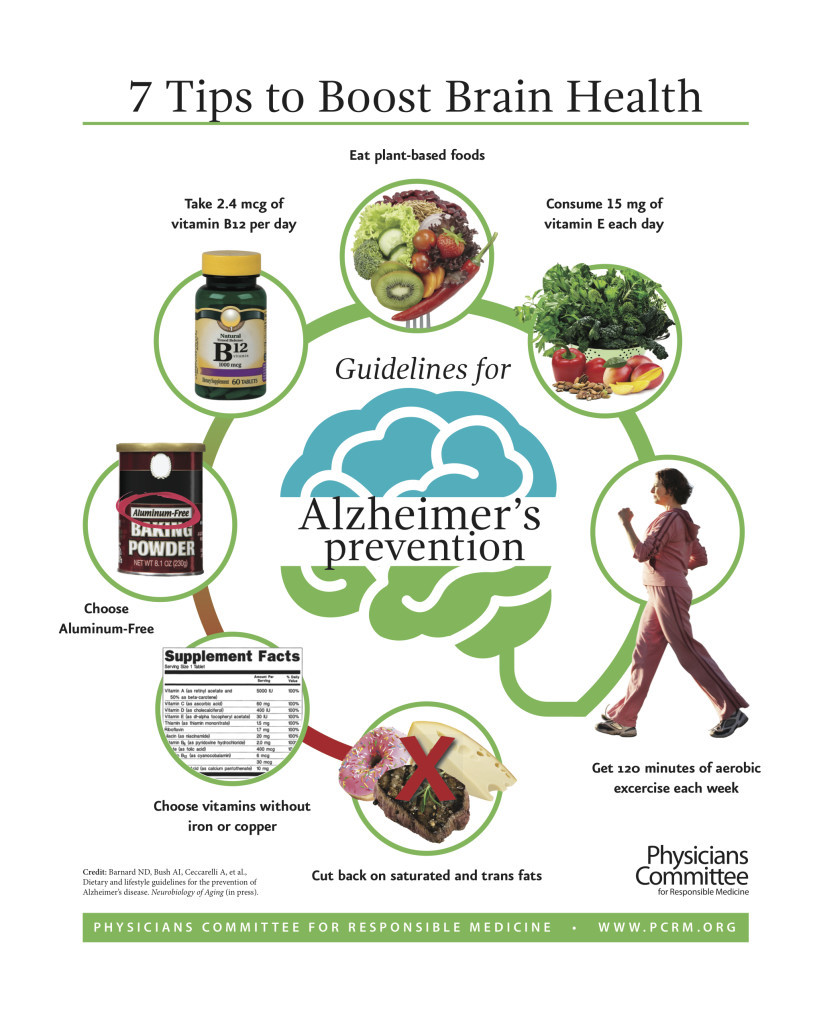
• Those who eat the most meat may have triple the risk of getting dementia compared to long-time vegetarians. The bottom line is that the same diet that helps prevent the other dreaded diseases—cancers, heart attacks, arthritis, stroke, high blood pressure, diabetes, and vision loss–may also help prevent brain loss and Alzheimer’s as well.
• Milk does not protect against hip fracture risk whether drinking during your adult years, or drinking milk during your teen years. If anything, milk consumption was associated with a borderline increase in fracture risk in men. This suggests a partial explanation for the long-standing enigma that hip fracture rates are highest in populations with the greatest milk consumption.
• A hundred thousand men and women followed for up to 20 years, and milk drinking women had higher rates of death, more heart disease, and significantly more cancer for each daily glass of milk. Three glasses a day was associated with nearly twice the risk of death. And they had significantly more bone and hip fractures too. Milk drinking men also had a higher rate of death.

• Most deaths in the United States are preventable and related to nutrition. According to the most rigorous analysis of risk factors ever published, the number one cause of death in the United States and the number one cause of disability is our diet, which has bumped tobacco smoking to number two. Smoking now only kills about a half million Americans every year, but diet now kills hundreds of thousands more.
• If you look at four of the major dietary quality scoring systems, which have all been associated with extending lifespan and lowering heart disease and cancer mortality, they all share only four things in common: more fruit, more vegetables, more whole grains, and more nuts and beans.
• We know a whole foods, plant based diet has been proven to reverse our #1 killer, and protect against type 2 diabetes and cancer. So, how has this knowledge affected medical education? It hasn’t. Despite the neglect of nutrition in medical education, the public considers physicians to be among the most trusted sources, but if doctors don’t know what they’re talking about, they could actually be contributing to diet-related disease. To stem the surging tide of chronic illness in the United States, physicians need to become part of the solution. But we don’t have to wait for that to happen. No longer do patients have to be patient.
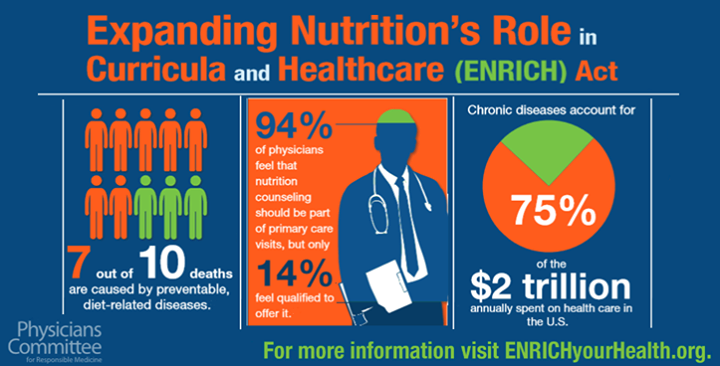
Doctors no longer hold a professional monopoly on health information. There’s been a democratization of knowledge, and so until the system changes, we have to take personal responsibility for our own health and for our family’s health. We can’t wait until society catches up with the science, because it’s a matter of life and death.
Read the full transcript HERE.
Additional Resources
• Learn how to adopt a plant-based diet using The Vegan Key™.
• 57 Health Benefits of a Plant-Based Diet
• Johns Hopkins on Health & Environmental Implications of Animal Consumption
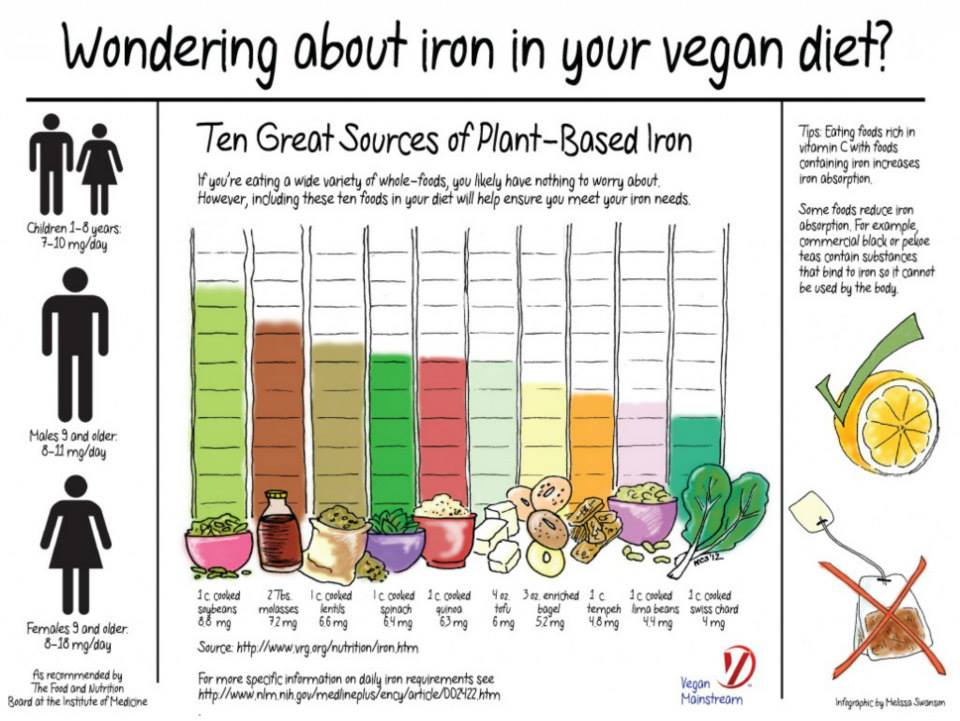

{ 3 comments… read them below or add one }
GREAT article. Thank you Carla!
Jina recently posted..Diffusing difficult people.
Thank you and you’re welcome Jina! Always appreciate your the time you take to read and comment. xo.
Very informative and eye opener.. really appreciate it Carla!!
{ 7 trackbacks }